-
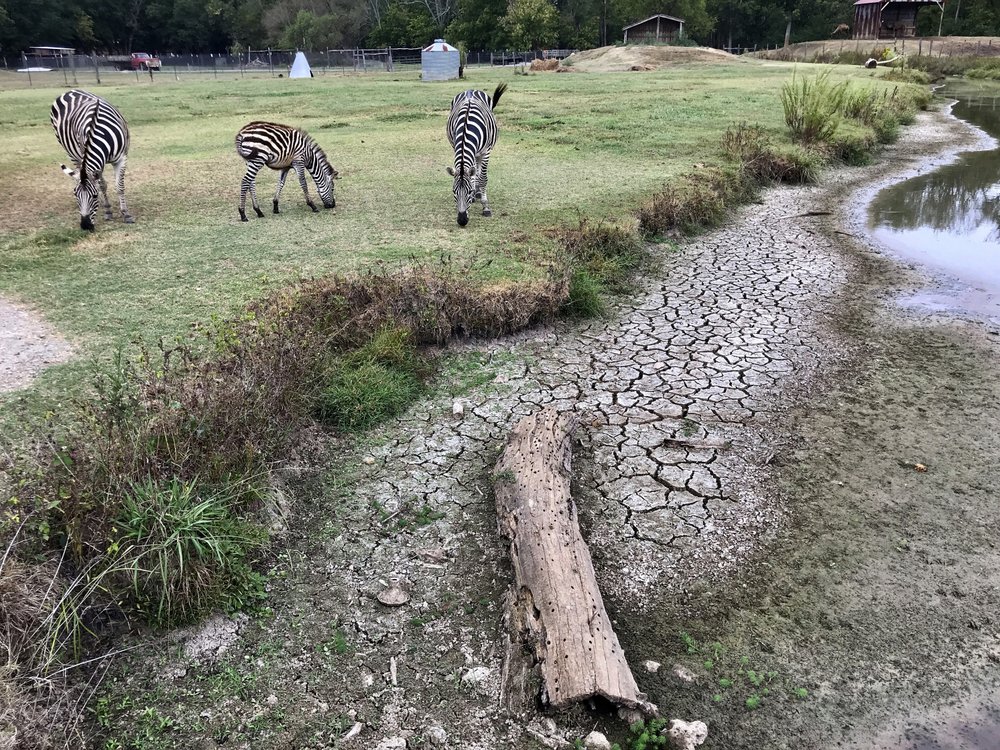
Here are a good set of lesson plans covering drought in four 45-minute segments, for grades 9 through 12. These are from the Public Broadcasting Service and include videos and handouts for the module. You can access them at https://gpb.pbslearningmedia.org/resource/kend19-sci-ess-droughtimpact/drought-identifying-impacts-and-evaluating-solutions-lesson-plan/.
Posted in: Drought -
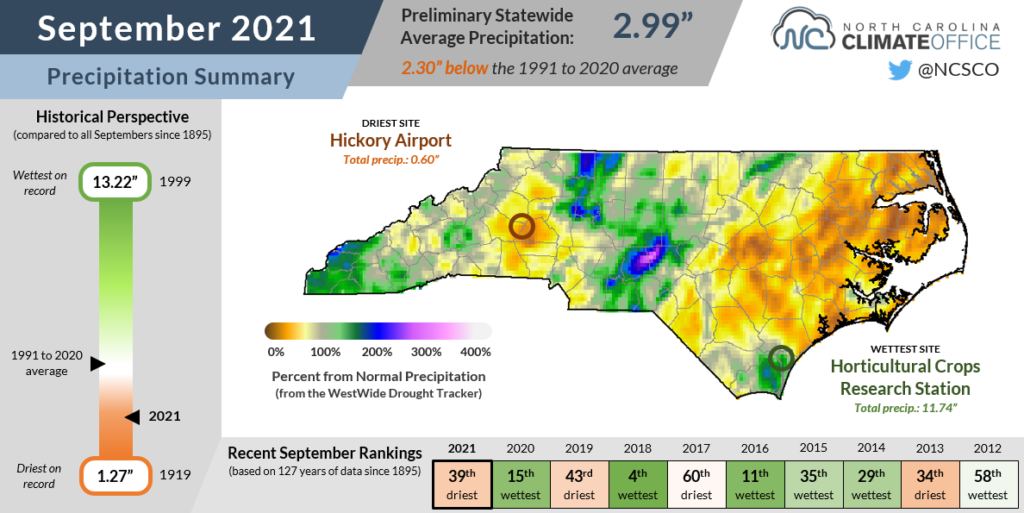
The North Carolina State Climate Office has released their monthly climate summary for September. In short, A warm start to last month gave way to a more seasonable finish, while a mostly dry month saw needed rain across parts of the Piedmont. That pattern change has also spurred on changing leaves, beginning in the west. You can access the…
Posted in: Climate summaries -
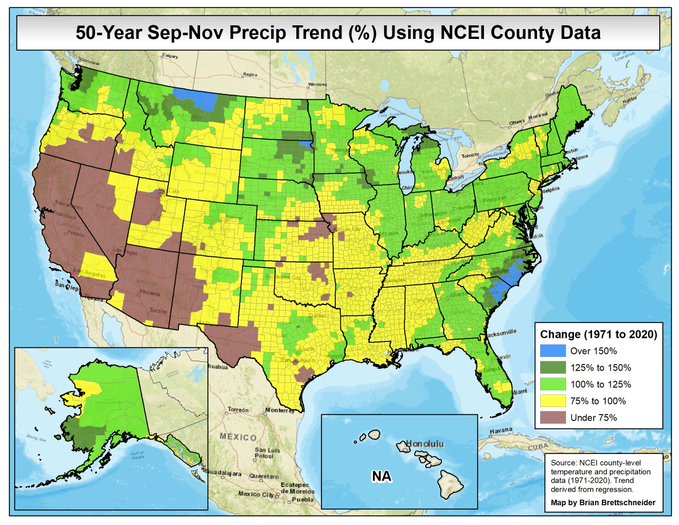
My favorite Twitter climatologist, Brian Brettschneider @Climatologist49, produced this series of maps for fall showing the trends over the last 50 years, just a few years shorter than the average age of a farmer in the US. The maps show that for fall, there is only one county in the US (in SE Iowa) that…
-

After a very beautiful and dry week, the rain is coming back to the region with a vengeance this week, as frontal rain and a cutoff low bring multiple days of rainto the region. Some areas in northern Georgia could see several inches of rain before the system finally starts moving out to the east…
Posted in: Climate outlooks -

According to IFAS/UF Extension, “The 2021 growing season has not been a good one for cotton producers in the Western Panhandle of Florida. An overabundance of rain, lack of sunshine, and poor overall conditions has led to cotton looking less than stellar.” The excessive rain and high humidity earlier in the season caused a lot…
-
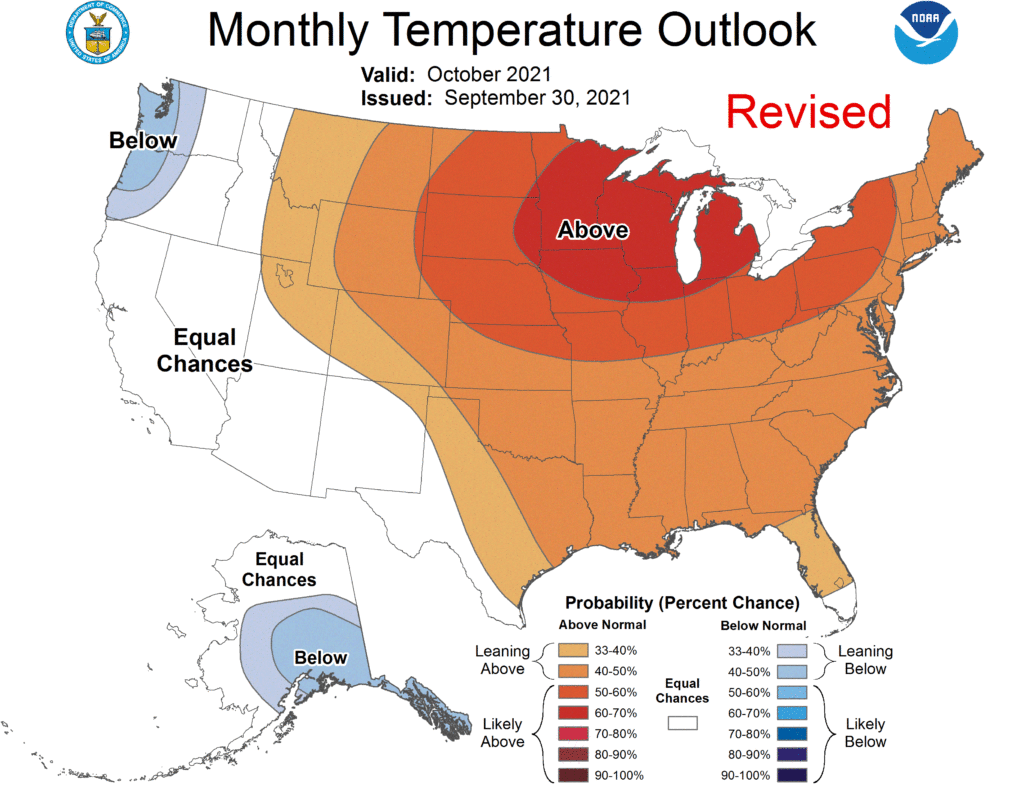
The latest monthly climate outlook from NOAA’s Climate Prediction was released earlier this week. It shows that all of the Southeast except the southern tip of Florida has an enhanced chance of warmer than normal conditions for October. Rainfall is listed as equal chances of wetter, drier, and normal conditions, which means there is no…
Posted in: Climate outlooks -
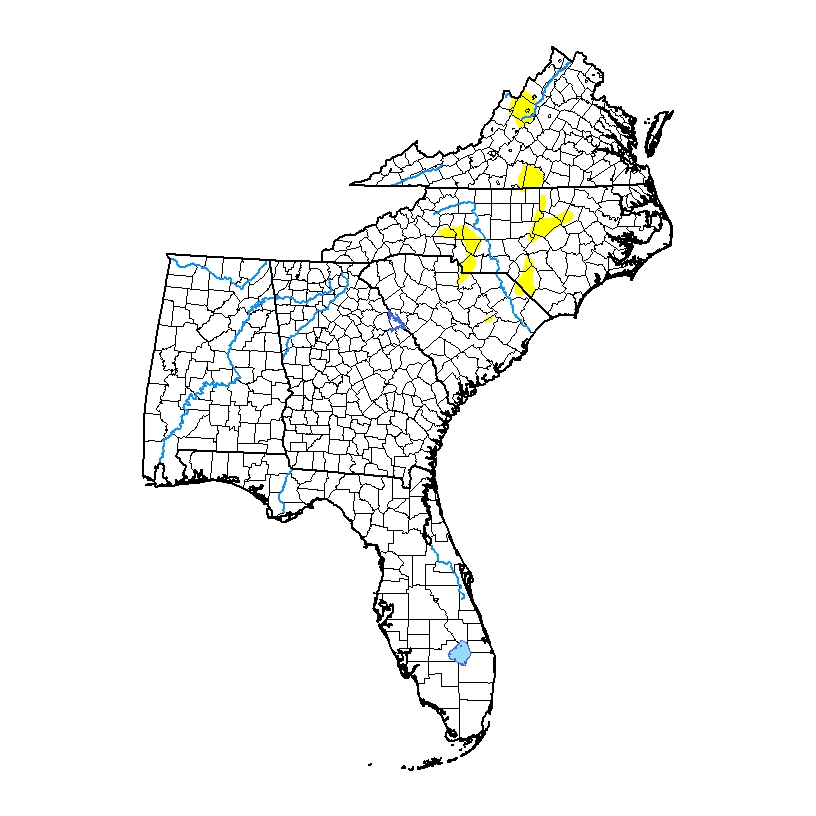
The latest Drought Monitor, released earlier this week, shows a big reduction in abnormally dry (D0) conditions in Virginia and the Carolinas in the last week. This is due to recent rain events across the region. There will be dry conditions for a few more days before rain returns, but it should not be enough…
Posted in: Drought